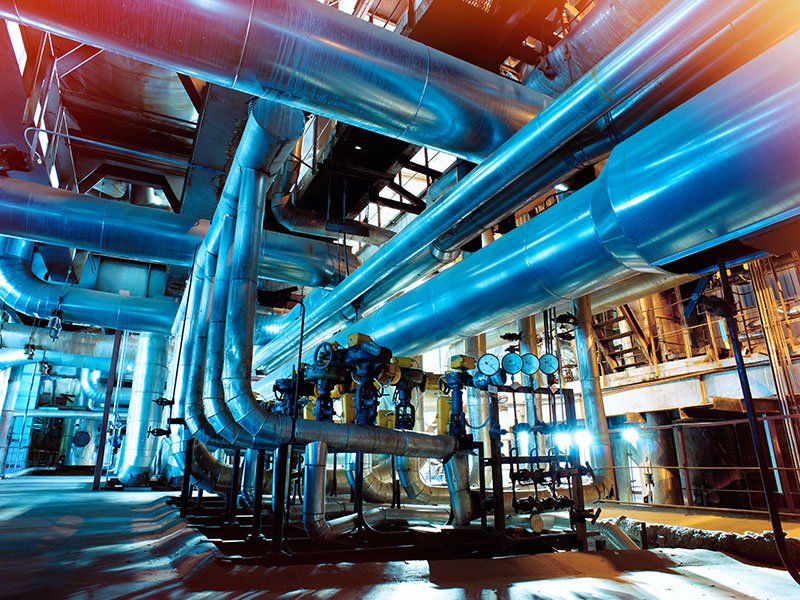New South Wales has the potential to be a global leader in using surplus renewable energy to create and export clean fuels and chemicals like green hydrogen and ammonia, according to a new study which touts the products as viable fossil fuel replacements in industrial processes.
A pre-feasibility study into the rapidly evolving “power-to-X” (P2X) industry for New South Wales was released by the state government this week, identifying its potential in the state, and making several recommendations to kickstart a local industry, including several new P2X regional hubs.

P2X technologies use cheap, excess renewable energy to split abundant molecules such as water, carbon dioxide and air to make green products like hydrogen, ammonia, methane and methanol for use as fuel, chemicals and feedstocks.
The green products can be used with little retrofitting in industrial sectors, which account for around 40 per cent of global C02 emissions and currently make relatively low use of renewable energy.
According to the new study, New South Wales could use P2X products as feedstock in its own hard to abate industries and export them to other countries trying to decarbonise. A mature P2X could eventually “close the carbon loop and generate clean and sustainable counterparts to replace fossil fuels across industries”.
“It is clear that a renewable P2X economy in New South Wales can provide this platform to store renewable electricity (electrons) in the form of chemicals, truly providing the opportunity to unlock Australia’s renewable potential in the immediate to near term,” the study, conducted by UNSW for the state’s Chief Scientist & Engineer, said.
“In addition to meeting decarbonisation targets, P2X can provide substantial economic benefits to the state. Through P2X, New South Wales (and Australia) can reduce its reliance on imports by locally manufacturing chemicals and fuels demanded by its industry. Subsequent scale-up may see the potential for the state to export these powerfuels overseas to its established trading partners in the Asia-Pacific and EU.”
P2X begins with the conversion of water into green hydrogen for direct use as a clean fuel or as a feedstock for a secondary process to produce other clean powerfuels and chemicals.
New South Wales, like most states, is building out a hydrogen industry and has committed to net zero emissions by 2050. The state government said P2X is a way to further capitalise on the local hydrogen industry and support regional areas with new jobs.
“With many states in Australia and countries around the world now joining the hydrogen race, New South Wales is thinking beyond the hydrogen economy and aims to take the first-mover advantage to build our capabilities and industries in P2X,” New South Wales chief scientist and engineer Professor Hugh Durrant-Whyte said.
To develop P2X industries in New South Wales, the UNSW study recommended establishing a P2X Innovation Network within a year to encourage research, industry and government collaboration.
A dedicated P2X R&D commercialisation hub should be established and pre commercial projects should be underway by 2025, according to the P2X roadmap with the study. Export opportunities should be identified before the end of the decade, with P2X hubs to quickly follow.
The study proposes P2X hubs for centralised large-scale production expected in tens of MW to GW expected in tens of MW to GW. The hubs need access to transport infrastructure, water and renewable energy, and ideally situated close to heavy industries and export facilities.
The Illawarra, Hunter, Parkes, Wagga Wagga, Dubbo and Badgerys Creek regions are identified as locations for initiation large hubs because of their existing infrastructure.
For example, a the Illawarra P2X hub could be used to help transform the existing steel industry and exported P2X products from the major port in the area.
Under a hub and spoke model, smaller decentralised facilities would follow.
Longer term goals in the roadmap include building vertically integrated P2X value chains and local manufacturing capability as well as developing P2X eco-industrial precincts, each to be established by 2050.
Do you know more? Contact James Riley via Email.

